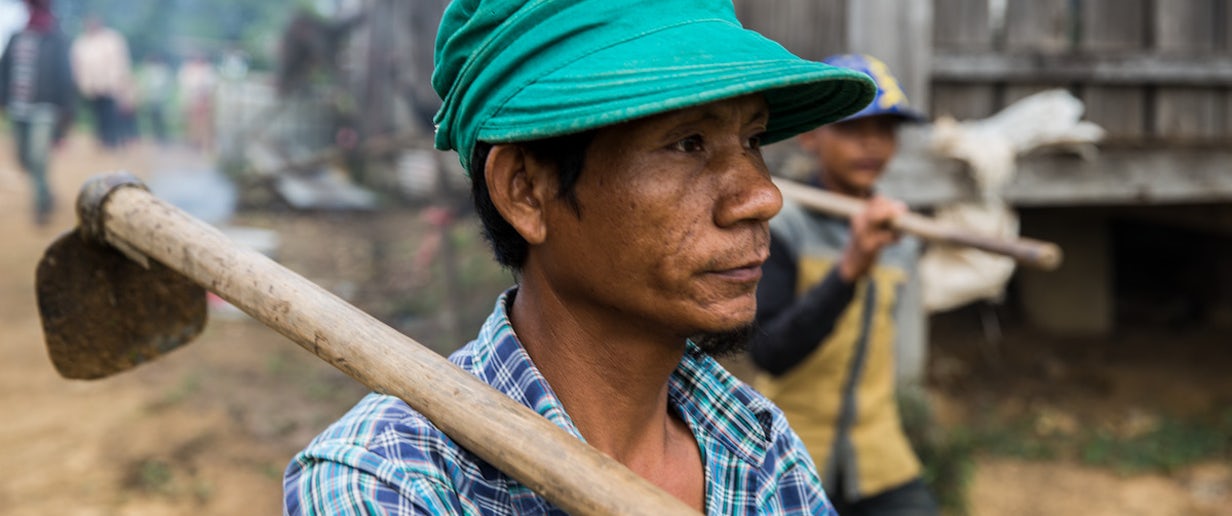Policy roadmap for improving access to radical cure for vivax malaria in Thailand
by •

© John Rae, Global Fund, Thailand and Cambodia Border Migrant farmers
Many countries in Asia Pacific are steadily progressing towards the malaria elimination finish line. However, the region is still faced with challenges. Vivax malaria- which has the ability to lie dormant in the liver, can relapse, leading to increased risk of transmission – is one such challenge. The APLMA Leaders’ Malaria Elimination Roadmap: A Five-Year Review of Progress (2015-2019) shows that vivax malaria is a major cause of morbidity in the region. Globally, 53% of the P. vivax burden is in the World Health Organization (WHO) South-East Asia Region.[1] In the Greater Mekong Subregion and Melanesia, 57% and 67% of the cases, respectively, are that of vivax malaria. The rising burden of vivax malaria in the Asia Pacific underpins the need for improved access to radical cure that can completely eliminate all malaria parasites from the body.
The first set of the aforementioned advocacy tools - ‘The Policy Roadmap for introduction radical cure for P. vivax’ and ‘Commodity tracker’ have been developed for Thailand, in consultation with Thailand’s Division for Vector Borne Diseases (DVBD), Thai FDA, Medicines for Malaria Venture, PATH and the Australian TGA. Thailand is leading efforts to bring about universal access to vivax radical cure across the region and is the first country in Asia to register tafenoquine, a single dose radical cure for vivax malaria. These tools map out the process and timelines for the roll-out of tafenoquine and how it will be scaled to reach patients, in time for Thailand to meet its 2024 elimination goal. They are designed to share best policy practice – within the region – extrapolating lessons learned from the Thailand example. The video highlights Thailand’s experience in implementing radical cure for vivax malaria.
Similar tools around radical cure for vivax malaria and vector control tools is being developed for Cambodia. Watch this space for more.




